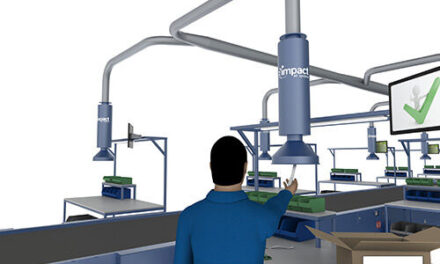As a major provider of industrial training, MCP offers this overview on the more significant amendments to the regulations due to be published on 1 July, 2018.
Although nearly 15 months away it is not too early to review your company’s training, procedures, methods and safety overview. These major additions and amendments are likely to be included.
1. Protection against overvoltage and transient overvoltages. These mean protection of installations of overvoltage from within as well as from external overvoltage sources could be provided by Surge Protection Devices (SPDs). Overvoltages that affect human life, public services and commercial and industrial activities are included. In all other cases (i.e. domestic) a risk assessment could be required to determine whether this protection is required. It is suggested that in these circumstances, (for a single dwelling) where the total economic value of the installation is less than five times the value of an SPD, this may not need to be used. It will be interesting to see how demographic differences in dwelling costs can be included within this calculation.
2. Protection against Fire has been around ever since electricity has been used within buildings however although RCDs may be used to reduce the effect of fire, these do not distinguish between series or parallel arcing between live conductors. For this reason, the BS7671:2018 will include for the installation of arc fault detection devices (AFDD) to reduce the risks of faults within the fixed installation.
3. Section 753 (floor and ceiling heating systems) will be extended to include for embedded electric surface heating. This will apply to electric heating systems for de-icing and frost protection for both internal as well as external conditions. Areas to be included are heating systems for walls, floors, ceilings, roofs, drainpipes, gutters, pipes, stairs, and roadways, non-compacted outdoor areas (playgrounds and lawns). As walls are more susceptible to potential damage than floors, protection will be required to heating systems within these areas from penetration of the heating elements by (for example) earthed metallic grids.
4. A new section to provide for energy efficiency will also be included which will address the ever increasing need to reduce the energy consumption of installations. Draft proposals provide the client with the ability to specify the level of energy efficiency to be applied to the electrical installation (e.g. transformer & power factor correction). These efficiency measures can be added together to provide a class of “electrical installation efficiency” ranging from EIEC0 to EIEC4 (dependant on the efficiency of the systems). This section will cover vehicle charging points, lighting, metering, cable losses, transformer losses, PF correction and harmonics.
MCP Consulting and Training are available to assist with reviewing your existing arrangements with a view to enhancing your skills development.




